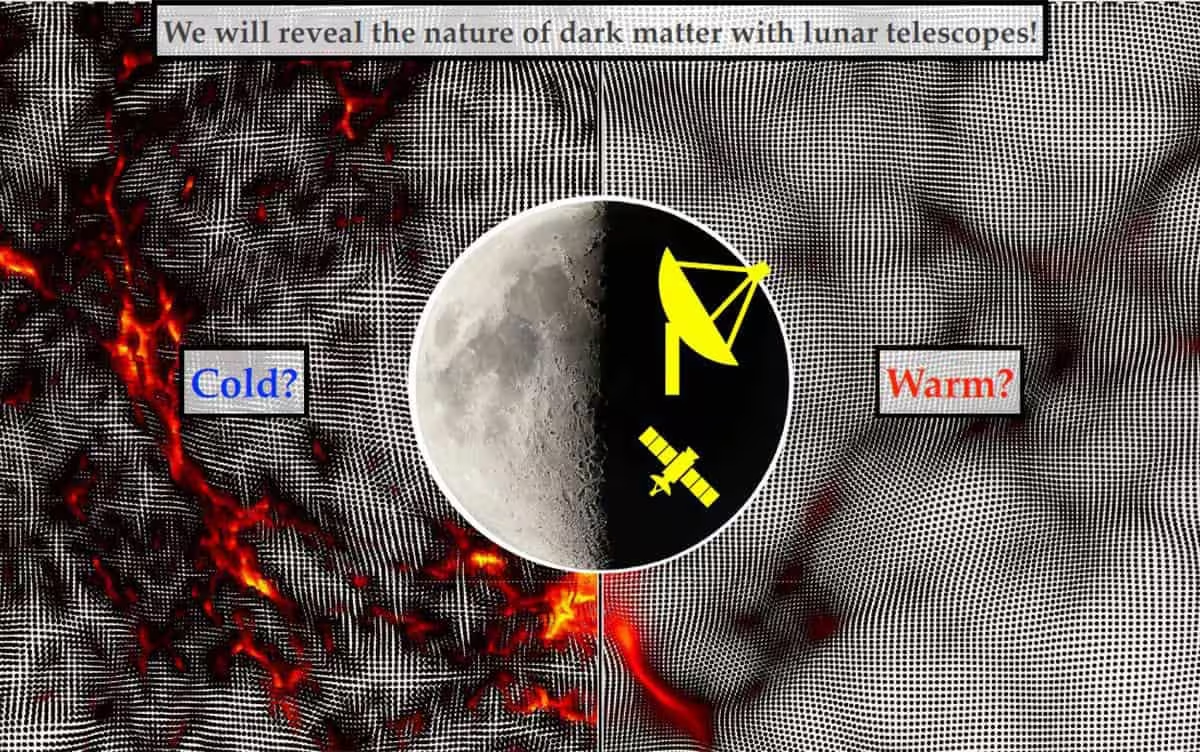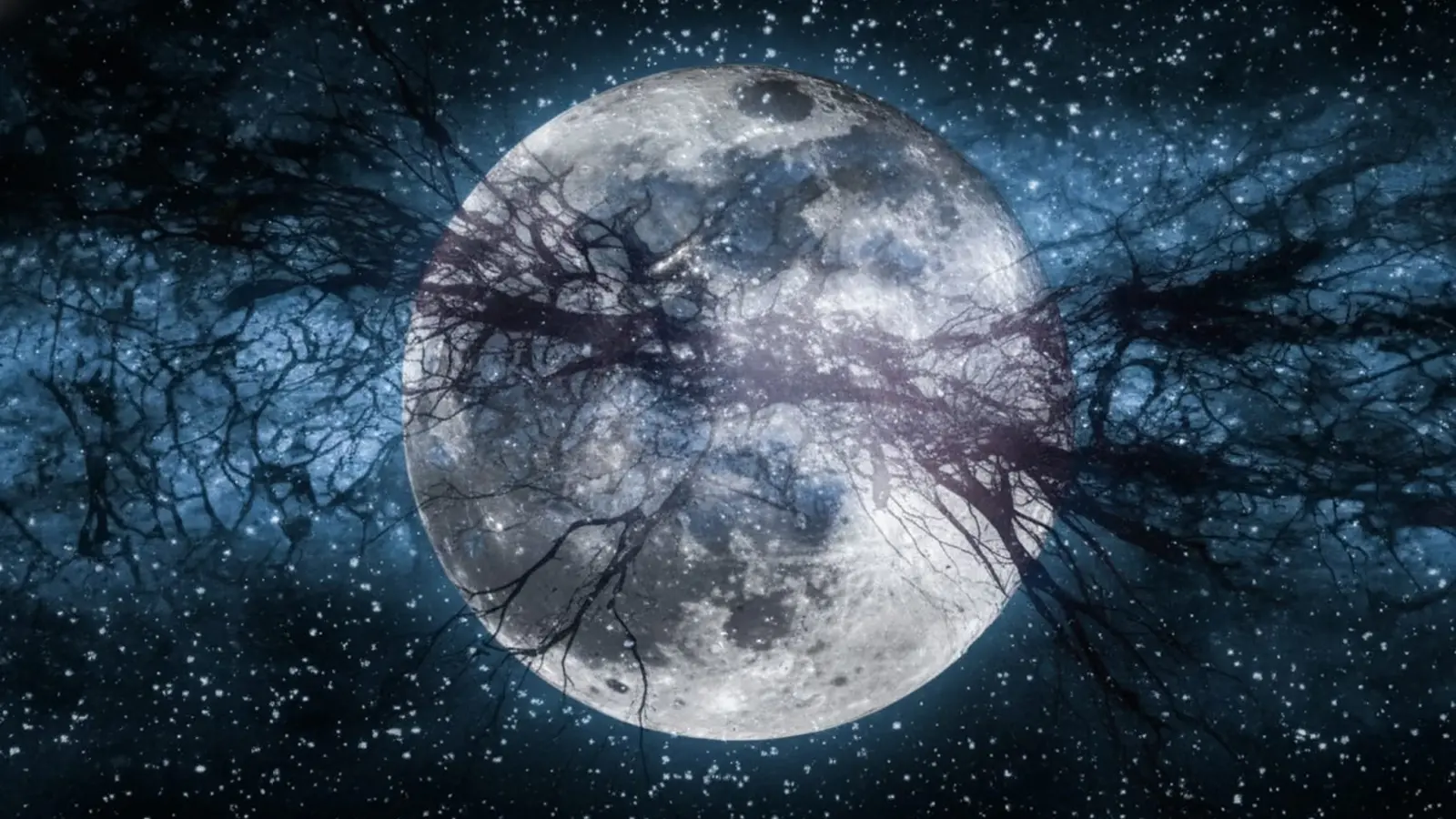3 Minutes
Imagine listening to the Universe when it was still dark. Japanese researchers say a whisper of radio light from the cosmic "Dark Ages" could reveal properties of dark matter — the invisible substance that shapes galaxies. New simulations suggest lunar radio telescopes might be the ideal instruments to catch that faint signal.
Why the 21-centimeter signal matters
About 13.8 billion years ago the Big Bang launched the cosmos into existence. Roughly 400,000 years later, the Universe cooled enough for protons and electrons to combine into neutral hydrogen. That set the stage for a prolonged, lightless interval known as the Dark Ages, which lasted until the first stars and galaxies ignited.
During this era hydrogen atoms could absorb and emit radio waves at a characteristic wavelength of 21 centimeters. Astronomers call this the 21-cm line. Because those emissions trace the temperature and density of primordial gas, they act like a diagnostic tool for conditions in the young Universe — and potentially for the influence of dark matter.
Simulations point to a tiny, detectable signature
Researchers at the University of Tsukuba and the University of Tokyo used high-resolution cosmological simulations to model how gas and dark matter would behave during the Dark Ages. By evolving both cold and warm dark matter scenarios, the team calculated the expected sky-averaged brightness temperature of the 21-cm emission.
They predict a global signal near 1 millikelvin — one-thousandth of a degree in brightness temperature — across the relevant radio band. Crucially, different dark matter models change the timing and amplitude of that faint glow. Variations in particle mass and velocity could imprint subtle differences over a roughly 45 MHz frequency range, making the global 21-cm profile a potential tracer of dark matter physics.

Simulated distributions of cold and warm dark matter are shown using particles color-coded by temperature, accompanied by an illustration of lunar telescopes. Credit: Hyunbae Park, University of Tsukuba
Lunar radio telescopes: a quiet place to listen
Earth-based radio observatories struggle with human-made interference and ionospheric distortions. The lunar far side offers an exceptionally radio-quiet environment, free from terrestrial noise and ideal for low-frequency observations below ~100 MHz.
Several missions are now proposing radio arrays on the Moon. Japan’s Tsukuyomi Project is one such effort. If a lunar telescope can measure the global 21-cm signal across the predicted band, astronomers could constrain dark matter particle properties in a way that complements particle physics experiments and galaxy surveys.
What this means for dark matter research
Detecting the 21-cm global signal from the Dark Ages would open a brand-new window on the invisible side of the cosmos. Instead of indirect effects on galactic rotation or lensing, scientists would get a direct probe of how dark matter shaped the thermal history of neutral hydrogen.
That doesn’t mean a discovery is imminent — the signal is tiny and the engineering challenges are significant. But the combination of precise simulations and ambitious lunar missions makes the prospect more realistic than ever. If successful, lunar radio telescopes could move dark matter from speculation toward measurable science.
Source: scitechdaily


Leave a Comment